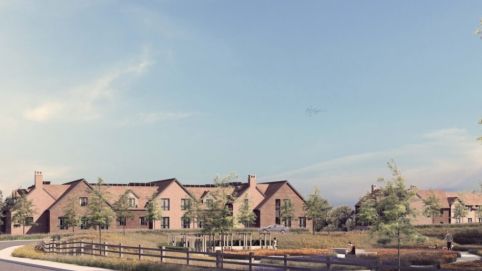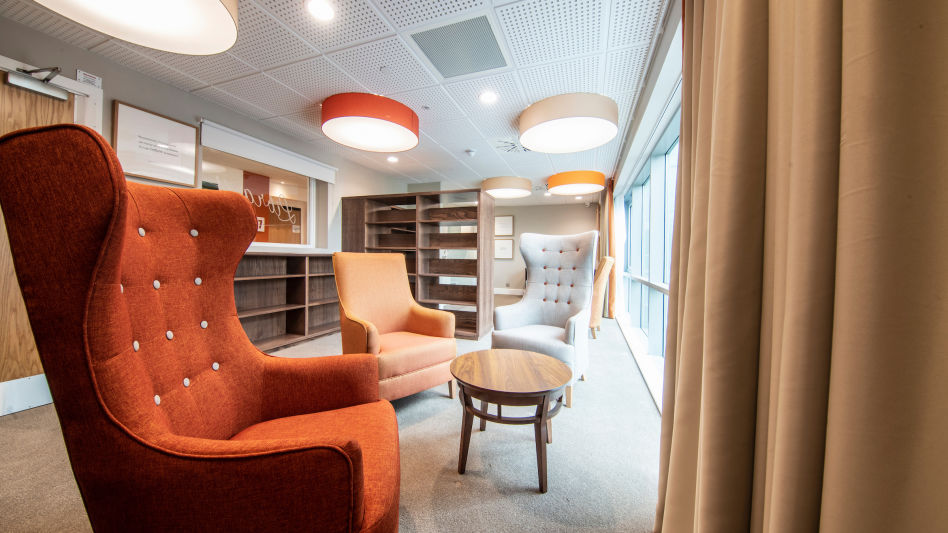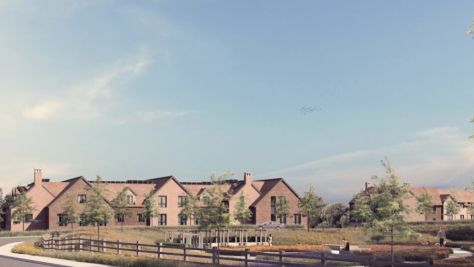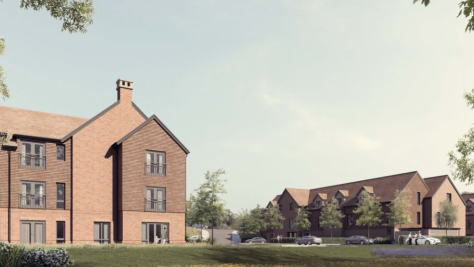



People are at the centre of everything we do, we foster and nurture a creative and innovative environment in which all excel.
Experience KSA

In a recent report, it was estimated that over the next 5 years, there will be a shortage of up to 46,000 homes for UK seniors over 75. Addressing this specific demand in a cohesive and practical way will be important. The UK has an aging population that can be seen will only increase and increase the deficit.
For the real estate and construction professions, designing and building homes that work for this increasing demand requires skill.
As architects, with over 40 years of design and architectural experience, we want to underscore how developers can approach this well and take advantage of the opportunity. Highlighting how good architecture can keep pace with demand and capture the attention of the people who will live in our designs by creating more liveable, sustainable and engaging design.
Our senior director, Daniel Knight, focuses on 3 main aspects to improve any later living design.
1 Don’t forget your target market
We often see this mistake. The design has not been thoroughly thought through for occupants who at a different stage of life.
Residents of later living homes are just like us. They still want to live their best lives but architectural design needs to adjust to their different needs. This isn’t apologetic, it’s just right for the over 55 age group. It never ceases to make us smile when we see happy residents in homes that are light and well-engineered.
Creating the right property is so much about knowing who we are designing for and being true to that.Yes, it’s true, designing for a younger occupant or family is easy. There are added pressures and challenges as we age, but understanding the people who will occupy the properties we design is crucial. To overcome the challenges of the design; their motivations and preferences, creating customer attraction too can all play a part in the overall success of the project and marketing the scheme when completed.
2 One size doesn’t fit all
We see this over and over again in terms of the interior design for the various aspects of later living. As we age our needs change, from sheltered housing to a more detailed nursing home, designs alter, so that our quality of life doesn’t have to deteriorate.
And putting in later living design elements retrospectively into an existing property can be expensive.
To design a home for the later living sector, we must have the right mindset.
Getting clear on one size does not fit all and appreciating that there are many levels of delivery in later living are paramount.
And one of the biggest mistakes here is to think that dialling things up everywhere with grab rails and panic buttons will be enough.
It won’t.
Later Living residents for example, spend more time seated, so having windows that you see out of at chair level is just one of many considerations. Rooms that don’t face the service area of the property. Rooms that have wider doors are just some of the important factors we always consider.
Making residents feel comfortable and at home.
Regardless of age, they have as much right as any other occupant to feel happy and safe with their surroundings. You’d be amazed at what a difference this can make to anyone, but if the job is fudged, it shows.
3. Insufficient Delivery Offers Opportunity
Age Friendly design can unlock choices for the later living age group.
Good design in later living homes can significantly bridge the gap between demand and supply by creating homes that cater specifically to the needs and preferences of this cohort.
By focusing on accessibility, comfort, and community integration, well-designed homes can attract potential residents, champion how quality design will improve community, mobility and the overall quality of life.
Getting it right matters.
Conclusion
Research shows that over 4 million older people across the country want to move and the principal reason is to improve their quality of life.Housing design for later living has plenty of scope to offer better options for the aging population of the UK. Now there is a gap between what the over 55 age group wants and what is on offer.